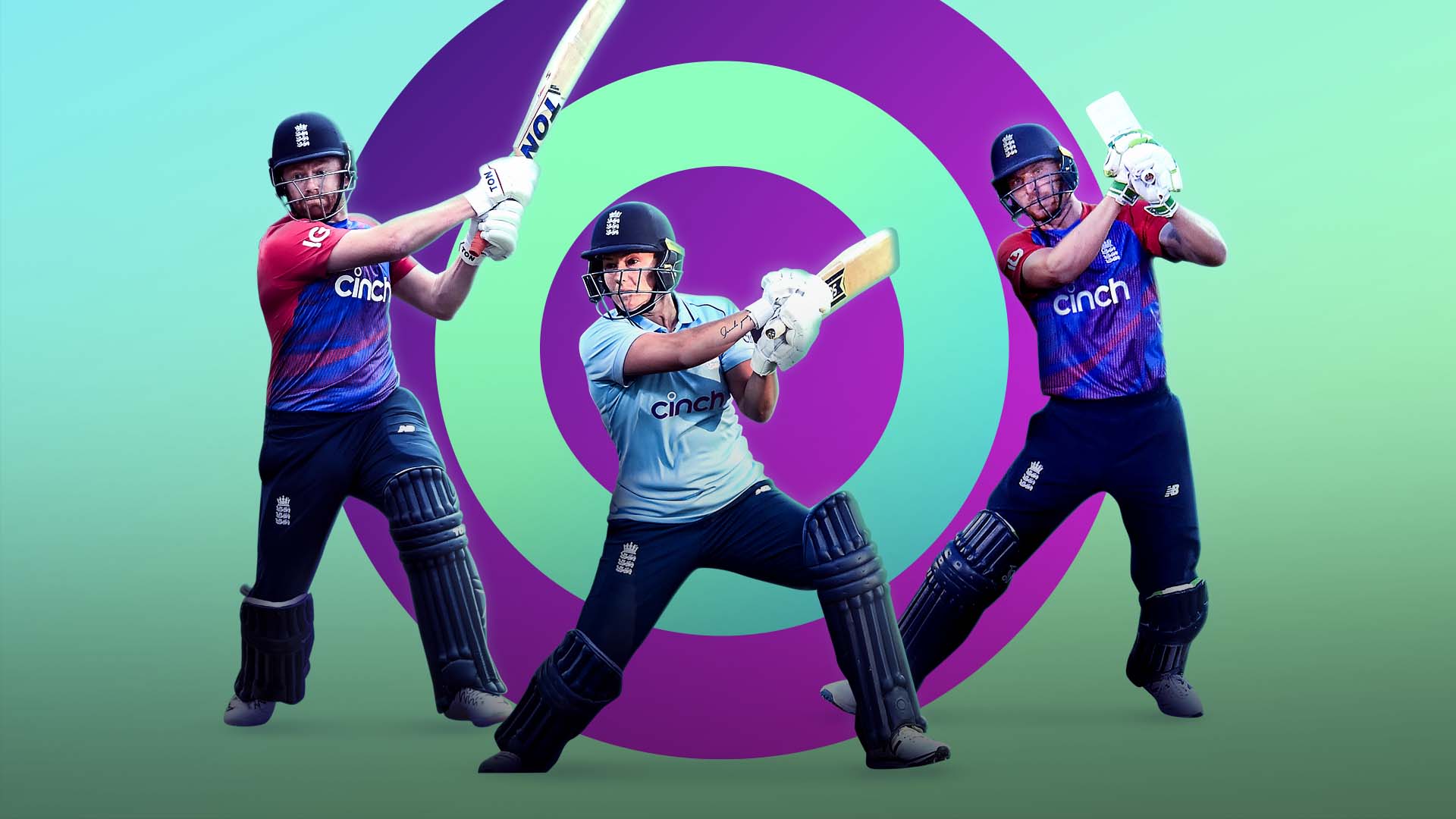To hit a home run, there are four bases on a baseball field that the batter needs to cover. If they do not reach one of the bases in time, they are out. Similarly, in marketing, there are four bases you must cover when creating a sports marketing campaign. These are also known as “the 4 Ps” of marketing.
What are “The 4 P’s” of marketing?
Also known as the marketing mix, the four principles of marketing — place, price, product, and promotion — are the core foundations of a successful marketing strategy. Coined by marketing professor Edmund Jerome McCarthy, the 4 Ps are a marketer’s coach; guiding them on how to develop products people want, deliver them seamlessly, and offer them at competitive prices. The power of the 4 Ps lies in their synergy. These elements work best when coordinated together to deliver a flawless customer experience.
The sports industry is constantly evolving and because of the competition, organisations need to stand out from the crowd. In using this framework, it allows sports marketers to be more creative and develop winning strategies that attract sports fans and customers around the world.
Let us give you a rundown about these principles and why each is vital to your business and marketing strategies.
1. Product
The product is the actual item or service that a company is selling or promoting. It can come in a variety of forms including a physical or digital product, a service, an event or an experience. With sports marketing, it encompasses not just the sports event but also related experiences like merchandise, concessions, and sports content.
The product or service is the most important in the marketing mix because without it, there is simply nothing to promote or advertise.
There are a few questions that you need to ask yourself when deciding which products you would like to develop and sell. These include:
- Does your product solve a problem?
- Does your product fulfil customer’s wants and desires?
- Why would someone want to buy the product?
- What does your product or service offer that distinguishes itself from the market or fellow competitors?
2. Price
The product’s function and aesthetic should not be the only things appealing to its target audience — its price should also be a factor.
Price is a way for customers to assess the value of a product or service and will ultimately influence their decision-making when choosing between competing brands. The revenue of a sports organisation is heavily influenced by pricing decisions and the challenge for marketers involves coming up with a price that is attractive to fans while still being able to generate attractive profits for the company.
While cheaper prices may appear more attractive on the surface, one of the main tenets of marketing is that customers will prioritise buying products from a trustworthy brand or services that can deliver real value and lasting satisfaction, even if that means paying a bit more.
Sports franchises are pros at tailoring prices for fans in order to fit their budgets. Some of their ticketing strategies include offering bundled tickets (which will often combine a game experience with additional benefits like discounts on food & drink or merchandise) or fully loaded tickets (premium elements like VIP access or sideline seating offered to fans looking for an exclusive experience).
When determining the price of your product or experience, you will need to formulate an effective pricing strategy for your business and take the following into consideration: your competitor’s prices, desired margin, the actual cost of materials and production, supply and demand, and current trends in the market.
3. Place
This refers to the channels through which sports products or services are distributed and how they are made accessible to consumers. This includes the physical location of the venue (stadiums and retail stores), ticketing options (online and in-person), merchandise distribution channels (team store, e-commerce platforms, partnerships with retailers and social media platforms), and broadcast channels for televised games.
Most businesses will focus solely on the product, its pricing and promotion strategies, and this can often mean that place is overlooked. However, as the phrase “location, location, location” reiterates, place is just as or equally as important as the other three Ps.
Choosing the correct location can significantly affect customer purchasing behaviour, their experience, and their overall levels of satisfaction. Location can also influence the relative size of your reachable market and by offering products via multiple outlets, this can boost and optimise sales significantly.
4. Promotion
The most creative principle out of the four Ps, this is how you get the word out about your services and refers to the tactics used to communicate and convert sports fans into buyers. Promotion plays a key role in sports marketing because it helps raise awareness and generate intrigue for a particular sports team, brand, event, or product.
In order to reach their intended audience, sports marketers will use numerous means to promote a product or service, including:
- Advertising: utilising TV, radio, newspapers, and online advertising to reach a broad audience and create brand awareness.
- Social media marketing: engaging with fans on platforms like TikTok, Instagram, and Facebook. This allows for real-time interaction between fans and athletes or the brand, sharing game highlights, and promoting ticket sales or merchandise.
- Public relations: generating positive media coverage through press releases and interviews with players or coaches, for example.
- Content marketing: developing engaging content like behind-the-scenes videos, player profiles, and game previews to keep fans interested and build anticipation.
- Sponsorships: brands will partner with sports teams and organisations to enhance their visibility and engage with their target audience through sports-related events or via partnerships with athletes and teams.
Check out some of the ways brands have connected with sports organisations to create exciting, and interactive experiences for fans around the world through sponsorship activation here.
Promotion is a great way to gauge your target audiences and develop a deeper understanding of their likes and dislikes, and find new ways to connect with them. By engaging in omnichannel marketing, businesses can significantly enhance customer experience and personalisation, foster customer loyalty, attract a wider customer base, and amplify sales.
Let your brand’s voice resonate through every interaction — by staying consistent with your branding, this will ensure customers have a powerful and memorable image of your company in their minds.
Fancy pitching your ideas to us?
The four Ps should be thought of as a roadmap for the introduction and launch of successful products and services. When developing your marketing strategy, it is important that you include how you intend to approach each of the four Ps in your plan. In doing this, you will cover all four bases and hit a home run each time.
If you’re feeling this all might be a bit out of your league, here at Pitch we can help. We specialise in all things digital, aiming to set your brand up with the talent and tools to execute an effective marketing strategy. You can learn more about our platforms here and check out our portfolio. Get in touch with us to make an enquiry.






